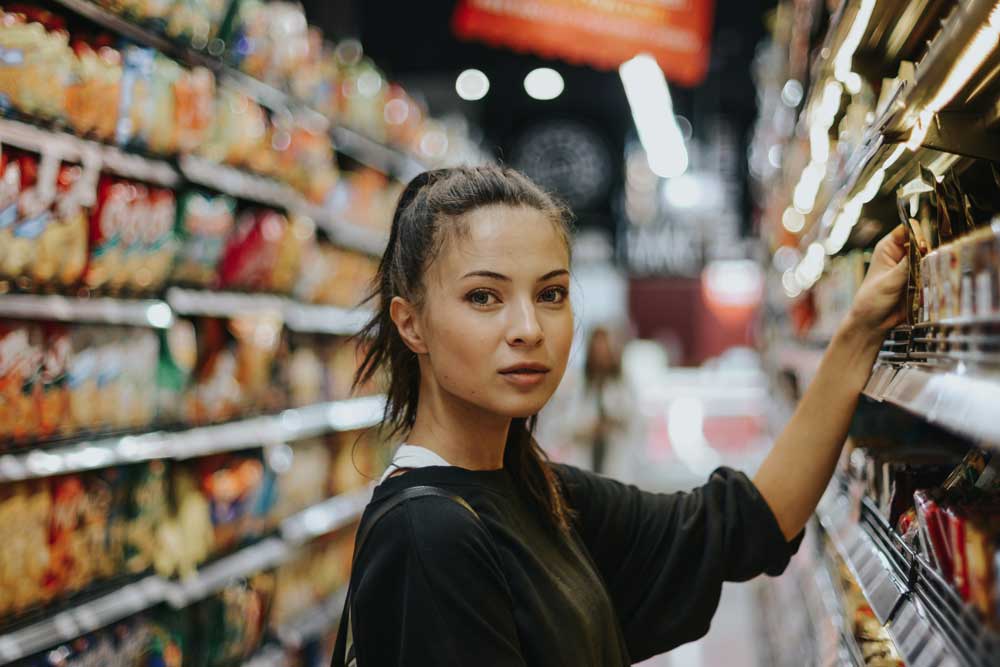For decades now, there have been studies and articles predicting that grocery shopping will join the e-tailing revolution ushered in by Amazon.Com. Amazon has indeed changed the retail landscape forever and we can’t rule out that they – or some other up and coming company – will make online grocery shopping as common as movie streaming. However as of 2019 the vast majority of grocery shopping still takes place in traditional brick-and mortar stores.
A February 2017 survey asked U.S. shoppers aged 18 years and older where they usually shop for groceries. Some 98 percent of survey respondents indicated they purchase groceries only in-store, whereas 2 percent of customers do grocery shopping online. Competing surveys place the number much higher – some suggest that up to 20% of consumers shop for groceries online. There seems to be general agreement however that the U.S. online grocery market generated sales of just somewhere between $15-$20 billion U.S. dollars in 2018. This seems like a lot but represents a small fraction of the $675B spent in US Grocery stores in that year.
The chief pitfall
The chief pitfall remains the fresh foods dilemma. Items such as cereals, rices and countless other non-perishable dry goods can be purchased in the same way shoppers feel comfortable buying a book online but when it comes to fruit, vegetable, meats and dairy/deli items shoppers like to pick through inventory to find the freshest items. For those unwilling to trust this task to some unknown picker, a trip to the store or market is a necessity. Once a shopper is in the store for their fresh foods they are open to shopping the center aisle’s for the rest of what’s on their list,
Most likely scenario
Because of the nature of fresh foods we tend to think that it is a bit of a mistake to think that online grocery stores will take significant share from the big food retailers anytime soon. It’s far more likely that technology will transform these businesses so that they either become sophisticated technology stores or they will go out of business completely. Perhaps the best look at the future is the Amazon Go concept. Other examples include delivery services such as Instacart and supercharged apps that connect the shopper to the in-store shopping experience.
In the end there may be a separate technological eco-system that arises to bring grocery shopping into the digital age. A system that takes into account the unique nature of food shopping and the shoppers need to have not only convenience but trust in the food they feed their families.

